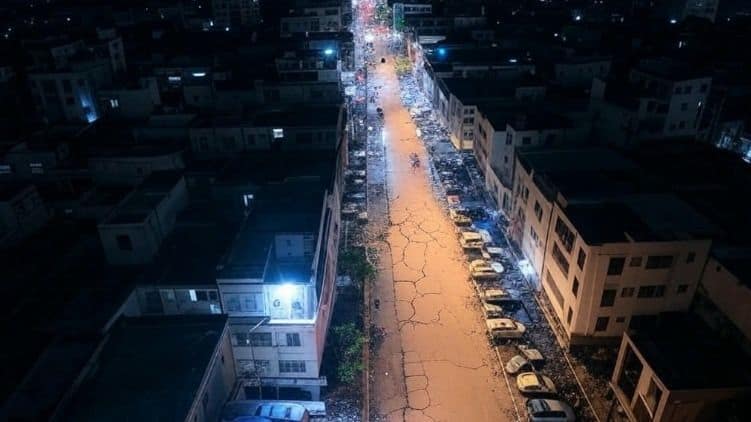
Why Delhi's earthquake felt strong despite magnitude of just 4.0
What's the story
Residents of Delhi and the National Capital Region (NCR) were jolted awake by an earthquake on Monday, February 17.
The quake, which registered a moderate 4 on the Richter scale, was felt more intensely as its epicenter was located within New Delhi itself.
The tremors originated from the Jheel Park area near Dhaula Kuan and were accompanied by a loud noise reported by some residents.
Impact factors
Seismic energy concentration and local geology intensify tremors
The USGS Earthquake Hazards Program explains that the tremors of an earthquake are strongest near its epicenter due to the concentration of seismic energy.
As the waves travel outward, their energy reduces, leading to weaker shaking at farther distances.
Local geological conditions like soil type can also affect the intensity of shaking.
In Delhi's case, the quake's shallow depth of just 5km made it seem strong across the city and NCR.
Risk factors
Delhi's seismic vulnerability due to geographical location
Delhi is no stranger to seismic activity, frequently feeling tremors from northern areas such as Himachal Pradesh and Jammu and Kashmir.
However, the epicenter of the recent earthquake was unusually near the city, causing more intense shaking.
The city's position within an active seismic zone and proximity to multiple fault lines, including the Delhi-Haridwar ridge and Mahendragarh-Dehradun fault, makes it more prone to earthquakes.
Official response
Prime Minister Modi urges calm, authorities monitor situation
In the wake of the earthquake, Prime Minister Narendra Modi urged residents to remain calm and follow safety precautions.
He wrote on social media: "Tremors were felt in Delhi and nearby areas. Urging everyone to remain calm and follow safety measures. Authorities are monitoring the situation closely."
As authorities remain on their toes, residents have been advised to stay cautious and be prepared for aftershocks.